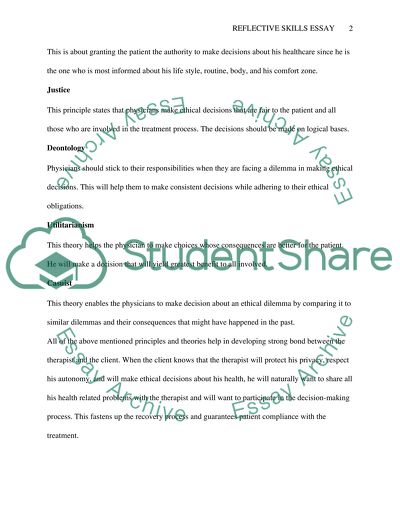Cite this document
(“Relationship between the Therapist and Client Assignment”, n.d.)
Relationship between the Therapist and Client Assignment. Retrieved from https://studentshare.org/medical-science/1585444-reflective-skills-essay
Relationship between the Therapist and Client Assignment. Retrieved from https://studentshare.org/medical-science/1585444-reflective-skills-essay
(Relationship Between the Therapist and Client Assignment)
Relationship Between the Therapist and Client Assignment. https://studentshare.org/medical-science/1585444-reflective-skills-essay.
Relationship Between the Therapist and Client Assignment. https://studentshare.org/medical-science/1585444-reflective-skills-essay.
“Relationship Between the Therapist and Client Assignment”, n.d. https://studentshare.org/medical-science/1585444-reflective-skills-essay.


